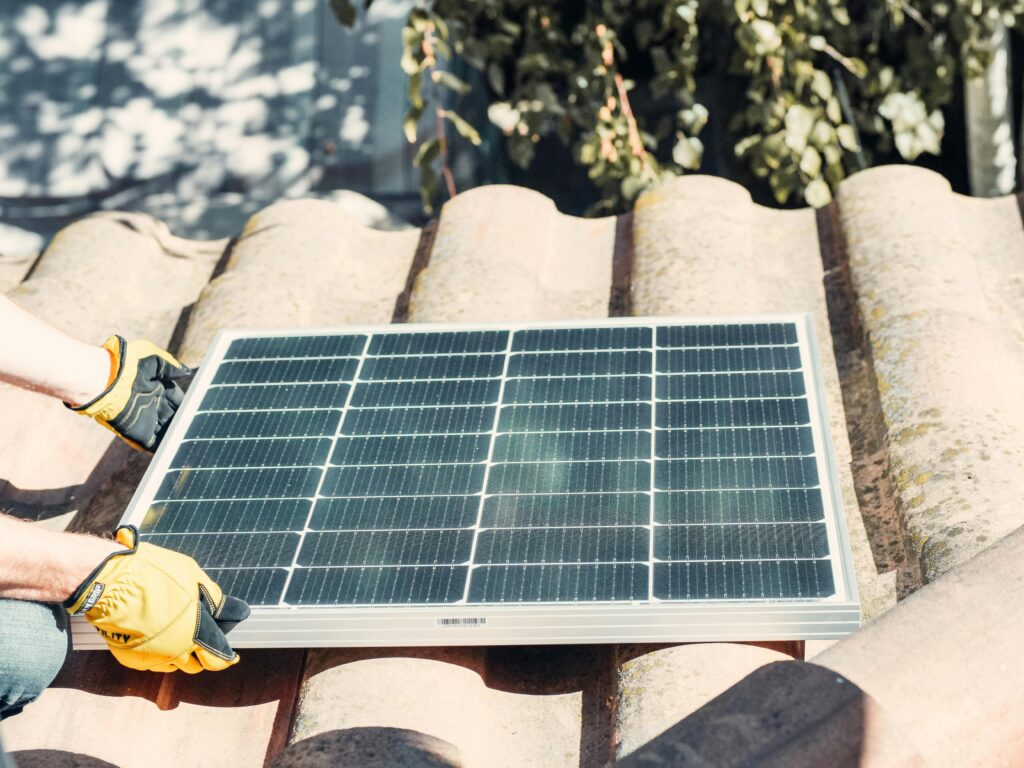
Khemswori Joshi
B.Sc. 4th Semester,
Kailali Multiple Campus, Dhangadhi, Kailali, Nepal
The most commonly used renewable energy source is solar energy. A photovoltaic cell is used to convert light energy to electrical energy. It was discovered in the 1950 AD, and it was first used in communication satellite. The basic component of the solar system is called solar cell. Solar cell is PN junction device. N-type has negatively charged electrons as majority carriers and P-type has positively charged holes as majority carriers. A single solar cell has the capacity of producing about 0.5 volts of the electricity. A solar panel is the combination of several solar cells connected in series to generate usable voltage. The solar panel voltage is increase by increasing the number of cells. For example, 30 solar cells connected in series will produce an output of 15 volts.

The generation of electricity due to sun light is known as photovoltaic effect. This principle is used by solar cell to produce electricity. The solar cells are made up of semiconductor mainly silicon and comprises three layers. One layer is called N-type layer which is comparatively thin and contains high concentration of electrons. Botton layer contains high concentration of holes. When these layers are joined it form PN junction. As soon as PN junction is formed electrons from N region try to move into P region which create a layer of negative charge in P-region. Similarly, holes from P-region try to reach N-region and creates a layer of positive charge in N-region. The region between two layers is called depletion layer.
Sun light penetrate the top thin layer easily to reach depletion region due to deficiency of charge in the depletion region. This knocks the electron from neutral atoms leaving behind the holes which leads to increase charge carriers. On connecting electronic circuit, the electron flow through electrical devices like fan, bulb etc. Calculation based on the worlds projected energy consumption by 2030 suggest that global energy demands would be fulfilled by solar panels operating at 20% efficiency. The material requirement would be enormous but feasible as silicon is the second most abundant element in the earth’s crust. These factors have led solar proponents to envision future “solar economy” in which practically all the humanities energy requirements are satisfied by cheap, clean and renewable sun light.

You really make it seem so easy along with your presentation but
I find this topic to be really something that I think I might by no means understand.
It sort of feels too complex and very broad for me. I am taking a
look forward for your subsequent put up, I will try to get the hold of it!